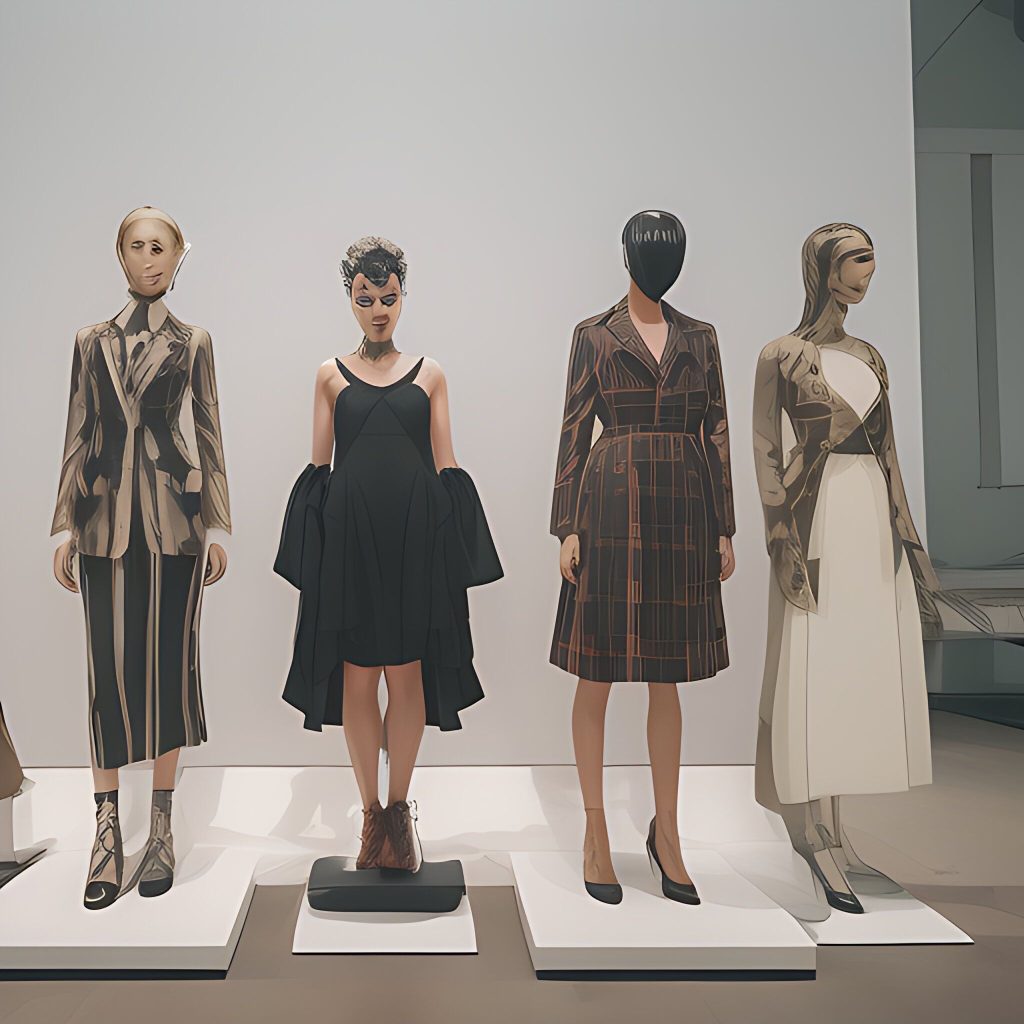In the world of fashion, there has always been a constant battle between brands and private labels. While brands invest heavily in research, design, and marketing, private labels often try to replicate their success by copying their garments. This practice not only undermines the hard work of brands but also poses several challenges for the industry as a whole.
One of the most frustrating aspects for brands is seeing their unique designs being replicated and sold at a fraction of the price. These copycat garments often lack the quality and craftsmanship that brands strive to deliver. This not only deceives customers but also tarnishes the reputation of the original brand.
Moreover, the copying of garments by private labels leads to a loss of revenue for brands. Customers who are unaware of the original brand may opt for the cheaper alternative, resulting in a significant blow to the brand’s sales. This, in turn, affects the brand’s ability to invest in innovation and maintain its competitive edge.
Another issue that arises from this copying trend is the lack of protection for intellectual property. While brands can trademark their logos and designs, it becomes challenging to protect every aspect of a garment. Private labels often exploit this loophole and create replicas that closely resemble the original, making it difficult for brands to take legal action.
Furthermore, the copying of garments hampers the creativity and innovation within the fashion industry. Brands invest significant time and resources in developing unique designs that reflect their vision and aesthetic. When these designs are copied, it discourages brands from pushing boundaries and experimenting with new ideas, ultimately stifling creativity.
To combat this issue, brands need to focus on building strong relationships with their customers. By educating consumers about the value of original designs and the craftsmanship behind them, brands can create a loyal customer base that appreciates their uniqueness. Additionally, brands can collaborate with influencers and celebrities to promote their original designs, making it harder for private labels to replicate their success.
Legislation also plays a crucial role in protecting brands from copycats. Governments need to enforce stricter laws and regulations to safeguard intellectual property rights within the fashion industry. This will not only deter private labels from copying garments but also provide brands with the legal tools to take action against those who infringe upon their designs.
In conclusion, the battle between brands and private labels copying garments is an ongoing struggle within the fashion industry. Brands must continue to innovate, educate consumers, and advocate for stronger legal protection to preserve their unique designs. By doing so, they can maintain their competitive edge and ensure that their hard work and creativity are not undermined by copycats.

